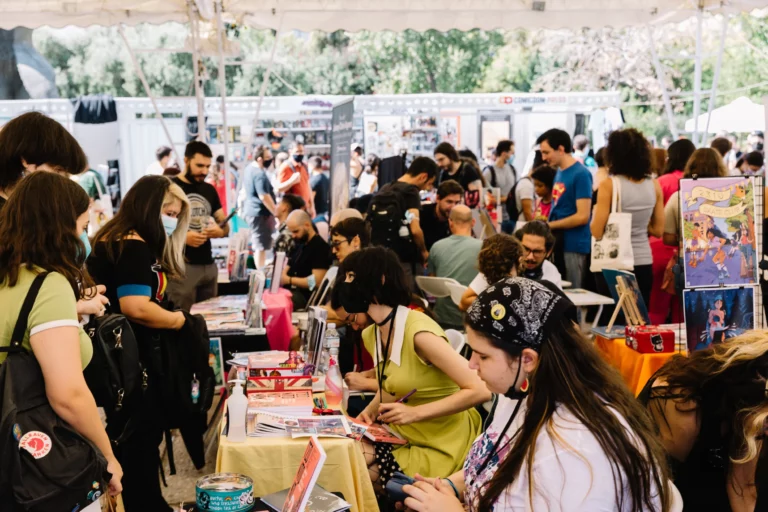In October 1963, Schumann and his friends Bruno Eckardt and Bob Ernstthal founded the Bread & Puppet Theatre at 148, Delancey Street on the Lower East Side of New York. Working in their house on Delancey Street this young arts collective worked with local children to make thousands of masks and puppets. They came in all shapes and sizes, from small marionettes and hand-and-stick puppets to giant ten-foot puppets based on German and Flemish Carnival traditions, which would later become Bread & Puppet’s trademark. The techniques used by Schumann and his companions were simple, writes Dupavillion: ‘the basic material was newspaper, or wrapping paper which is stronger, cut into strips, soaked in glue and applied to the clay mold’. At the end of each performance, the puppeteers always handed out home-baked bread to the audience because they saw theatre as a basic human need. This tradition of combining food and art is perpetuated to this day by Bread & Puppet, and is reflected for comparable reasons in many contemporary community arts combinations of art and food.
In contrast to many other radical theatre groups of this era, Schumann’s collective avoided the use of spoken language and concentrated on visual design, music and choreography. In 1983, Peter Schumann said in an interview that while he had indeed lost faith in spoken language, partly in response to the idle promises of politicians, his decision to use non-verbal language in his work was primarily an artistic one: ‘I am a picture maker. In a picture you grasp something in a different way than in words. In a picture you grasp an idea in one instantaneous image. With words you grasp it through logic, through reason, and it’s just a different process in the mind.’

Héctor Aristizábal
South America, Colombia

Listening Lab
North America, United States, New York

Amparo González Sola
South America, Argentina, Buenos Aires

Athens Comics Library/Comicdon press
Europe, Greece, Athens

Beijing Theatre
Asia, China, Beijing

Naomi Alexander
Europe, United Kingdom, Brighton

CTO-Maputo Centro de Teatro do Oprimido
Africa, Mozambique

Los angeles poverty department
North America, United States, Los Angeles

